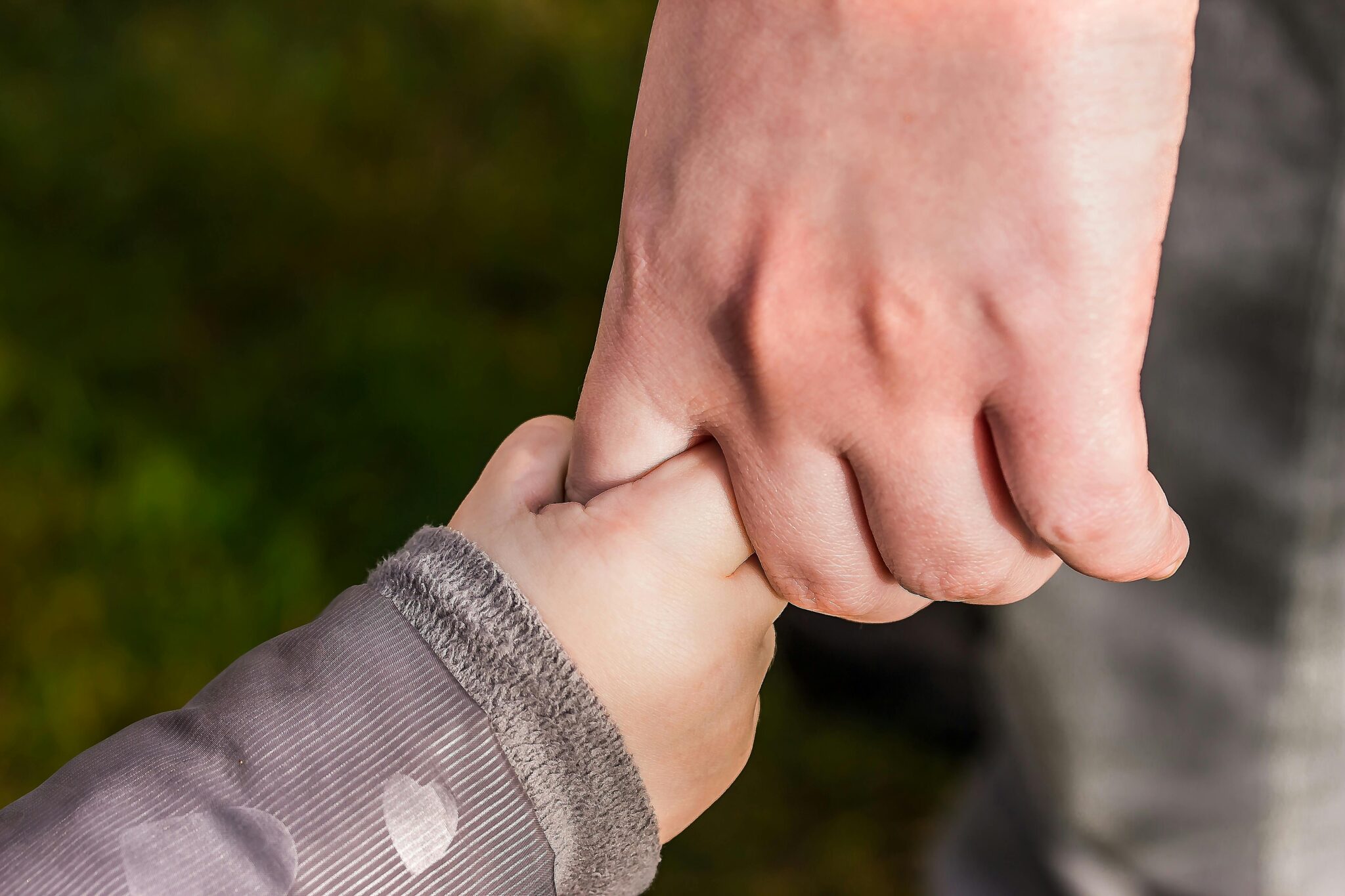Parenting is one of the most fulfilling — and challenging — journeys we can embark on. As our children grow, they constantly test boundaries, push buttons, and explore the world with wide-eyed curiosity. It’s our job to guide them with love, patience, and consistency. But here’s the big question: how do we teach children right from wrong without yelling, punishing, or breaking their spirit?
The answer lies in positive discipline — a respectful, empowering, and effective approach to raising responsible, kind, and emotionally healthy kids.
What Is Positive Discipline?
Positive discipline is not about permissiveness or letting children “get away” with things. It’s also not about harsh punishments or fear-based consequences. Instead, it’s a balanced, respectful approach that teaches children what to do rather than just what not to do.
Rooted in psychology and backed by research, positive discipline focuses on long-term learning rather than short-term compliance. It encourages mutual respect, teaches problem-solving skills, and strengthens the parent-child bond.
The Core Principles of Positive Discipline:
- Connection Before Correction
Children behave better when they feel better. Before correcting behavior, take time to connect with your child emotionally. A calm, secure child is more likely to listen, cooperate, and learn from their mistakes.
- Be Kind and Firm at the Same Time
You can be warm and understanding while still holding firm boundaries. Saying, “I know you’re upset, and it’s still not okay to hit,” teaches empathy and accountability together.
- Focus on Solutions, Not Punishment
Rather than asking, “How can I make them pay for this behavior?” shift the focus to, “What can they learn from this situation?” This creates opportunities to teach problem-solving, responsibility, and decision-making.
- Encourage Autonomy and Responsibility
Positive discipline involves involving children in creating rules and solutions. When kids feel empowered and included, they’re more motivated to follow through.
- Discipline is Teaching, Not Punishing
The word “discipline” comes from the Latin disciplina, meaning “to teach.” The ultimate goal is not control, but guidance — helping children grow into respectful, self-regulating adults.

Common Positive Discipline Tools:
- Natural and Logical Consequences
Let your child experience the natural result of their choices, as long as it’s safe.
For example, if they forget their lunch, they’ll feel hungry — and be more likely to remember it next time. - Time-Ins Instead of Time-Outs
Rather than isolating a child when they misbehave, bring them closer. A “time-in” offers a calm space to reflect and regulate emotions with your support. - Family Meetings
Holding weekly meetings where everyone can express concerns and brainstorm solutions teaches cooperation, respect, and communication. - Redirection
Instead of saying “No!” constantly, redirect your child’s energy toward a more acceptable behavior. For example: “You can’t jump on the couch, but you can jump on this mat.” - Praise the Effort, Not Just the Outcome
Focus on progress, effort, and choices: “You worked so hard to calm down!” or “I noticed how kindly you shared your toy.”
Why Positive Discipline works:
When children are punished harshly, they may comply in the moment, but often out of fear — not understanding. Over time, this can damage self-esteem, cause resentment, and even lead to more defiant behavior. Positive discipline, on the other hand, nurtures internal motivation. It builds trust, helps children feel seen and heard, and lays the foundation for lifelong emotional intelligence. Kids raised with positive discipline learn how to take responsibility for their actions because they want to do better, not because they’re afraid of getting in trouble.
Final Thoughts: Progress, Not Perfection
No parent is perfect — and no child is either. Positive discipline doesn’t mean you’ll
never raise your voice or get frustrated. What matters is being mindful, apologizing
when you slip up, and staying committed to growth. Start small. Pick one strategy that resonates with you and try it consistently. Whether it’s using more “time-ins,” letting natural consequences play out, or practicing more empathy in tough moments, remember: every small change helps shape the future of your relationship with your child.
Discipline doesn’t have to be a battle. It can be a bridge — a way to teach, connect, and
grow together.

